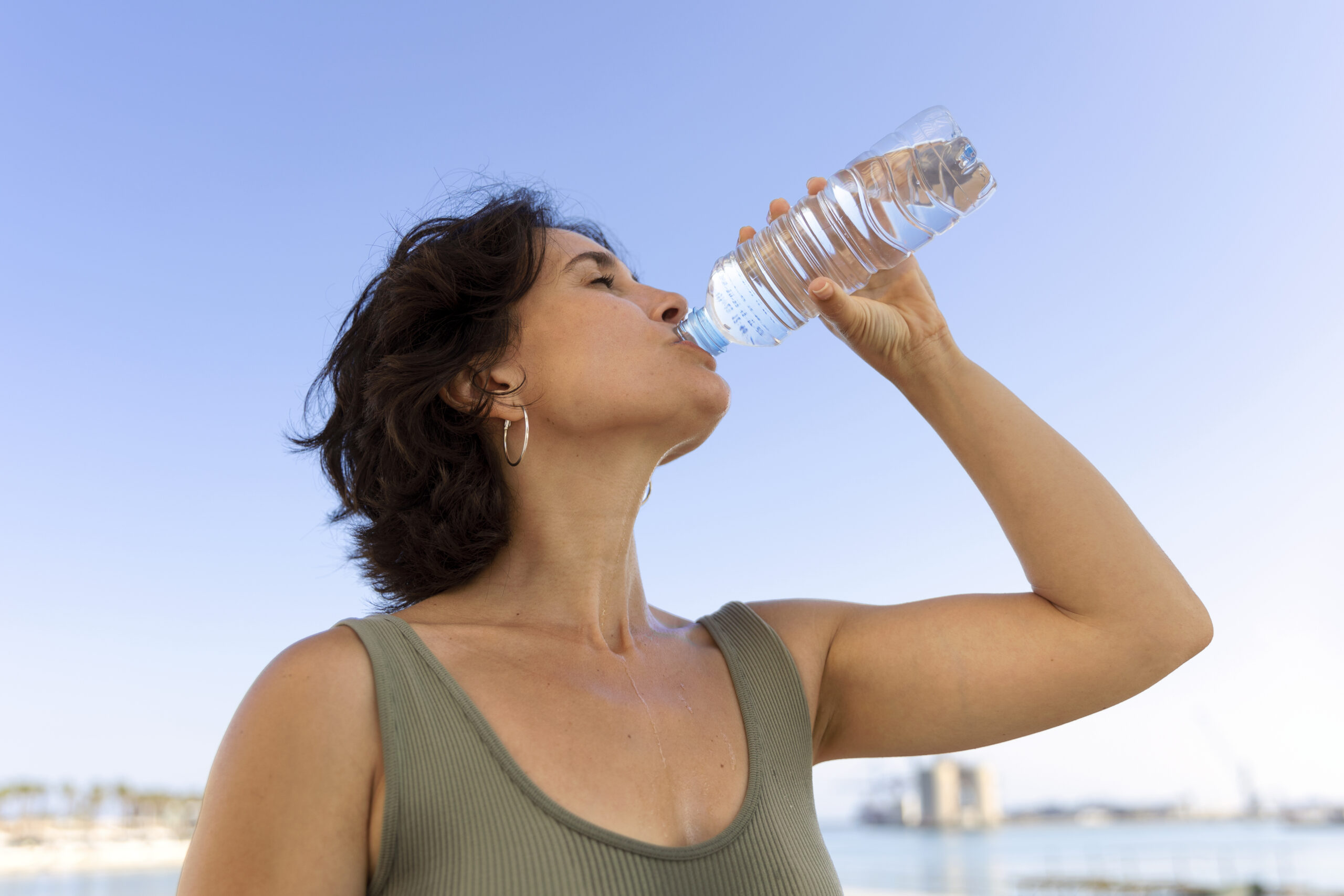Water is essential to our daily lives, but not all water tastes the same. Depending on where it comes from—whether it’s tap, bottled, or filtered—water can have noticeable differences in flavor. But the question remains: Can you tell the difference between these types of water just by taste? In this blog post, we’ll dive into the science behind water’s taste, what affects it, and whether you can truly differentiate between various water sources.
The Science Behind Water Taste
Before we dive into the taste test itself, it’s important to understand what makes water taste the way it does. Water may seem like a neutral substance, but it’s far from tasteless once you consider the dissolved minerals and chemicals that can affect its flavour.
Mineral Content
The minerals in water play a large role in determining its taste. Calcium, magnesium, sodium, and potassium are among the most common minerals that influence the flavor. These minerals are picked up by water as it moves through soil and rocks, and they impart both beneficial health effects and distinct taste profiles.
- Calcium gives water a smooth, creamy taste, often described as “sweet.”
- Magnesium adds a somewhat bitter note.
- Sodium tends to give water a salty flavor, but in low amounts, it can make water taste more refreshing.
- Potassium, in small amounts, often adds to the “soft” taste.
When you look at bottled waters like Evian, Fiji, or Dasani, you’ll notice that each brand has a unique mineral composition, and that’s what gives them their distinct tastes.
Total Dissolved Solids (TDS)
Total Dissolved Solids (TDS) refers to the number of dissolved solids in the water, which includes minerals, salts, and organic matter. A TDS level that’s too low can result in a “flat” or “bland” taste, while high TDS levels can give water a more complex and richer flavor.
Water with a TDS between 50 to 150 mg/L is typically considered to have the ideal taste profile for drinking, and water with a TDS greater than 500 mg/L might have a noticeable “mineralised” or “salty” taste.
Chemicals and Disinfection Byproducts
In addition to minerals, chemicals like chlorine, chloramine, and fluoride are added to municipal tap water to disinfect it and make it safe for drinking. While these chemicals are essential for public health, they can also alter the taste of water. Chlorine, for example, often gives tap water a “chemical” or “bleach-like” taste. The presence of these chemicals is one of the key differences that sets tap water apart from bottled water or filtered water.
- Chlorine is used to kill harmful bacteria in public water systems but can leave behind a noticeable taste and odor.
- Fluoride, added to tap water in many areas to prevent tooth decay, doesn’t have a strong taste but can sometimes contribute to a bitter flavour if present in high concentrations.
Water Source
The source of the water also greatly affects its taste. Whether water is sourced from a well, a spring, rivers, or municipal systems will determine the overall flavor profile.
- Spring Water: Often found in bottled water, spring water has a distinct mineral balance, with high levels of calcium and magnesium that contribute to a pleasant taste.
- Tap Water: Tap water varies by location, with some areas having “hard” water (high in calcium and magnesium) and others having “soft” water (low mineral content).
- Filtered Water: Filtration removes chlorine, lead, and other contaminants, improving the taste. Many people report that filtered water tastes fresher and cleaner than tap water.
The Great Water Taste Test: Can You Really Tell the Difference?
Now that we understand the factors that influence the taste of water, let’s get into the main question: Can you actually tell the difference between tap, bottled, and filtered water?
Blind Taste Tests: What Do They Show?
Blind taste tests are a useful way to gauge people’s perceptions of water taste. Studies consistently show that many individuals are not able to tell the difference between tap water and bottled water, even though the latter is often marketed as superior in taste.
Study 1: The Blind Test with Bottled vs. Tap Water
In a study conducted by the Scienceinschool 🔗, participants were asked to taste test tap water and several types of bottled water in a blind test. The results showed that the majority of the participants could not identify which sample was tap water and which was bottled water. This suggests that people may be influenced more by marketing and packaging than the actual taste of the water itself.
Similarly, another study published in the Scienceinschool 🔗 found that while some participants preferred bottled water, the differences in taste between tap and bottled water were minimal. The study concluded that the preference for bottled water is largely psychological, driven by branding and the idea that bottled water is “cleaner” or “purer.”
What Does This Mean for You?
If you’re someone who swears by the taste of bottled water or feels that tap water always tastes “off,” you’re not alone. However, these studies suggest that perceptions of water taste are often influenced by external factors, such as branding, the environment, or even mental expectations, rather than by significant differences in flavour.
So, can you tell the difference? The answer is often no—at least not in blind tests. But personal preferences and individual taste perceptions are still very much real, and there’s nothing wrong with enjoying a particular type of water based on how it makes you feel.
How to Improve the Taste of Your Water
If you’re unhappy with the taste of your tap water, there are several ways to improve it:
Use a Water Filter
A high-quality water filter can remove chlorine, lead, and other contaminants that affect the flavor of tap water. Activated carbon filters are particularly effective at removing chemicals that create unpleasant tastes.
Try Mineral Drops or Electrolytes
If you like the taste of mineral water but don’t want to buy bottled water, you can add mineral drops to your tap water. These drops are designed to add back beneficial minerals like magnesium, calcium, and potassium, which improve the taste and make it similar to bottled water.
Drink Ionized Water
Ionized water is another option if you want cleaner-tasting, antioxidant-rich water. Ionizers alter the water’s composition, making it more alkaline and helping to neutralise contaminants that affect taste.
Can Ionized Water Improve Taste?
Another growing trend in water consumption is ionized water, or water that has been altered through electrolysis to have a higher pH and negative oxidation-reduction potential (ORP). Many people who drink ionized water report that it tastes cleaner and fresher compared to regular tap water, even if both are essentially the same in terms of mineral composition. The improved taste can be attributed to the reduced chemical contaminants and the smoother, more refreshing mouthfeel.
Ionized water is also often marketed for its antioxidant properties, as the negative ORP helps neutralize free radicals, providing potential health benefits beyond just taste.
Conclusion
While there are measurable differences in the mineral content and composition of various water sources, blind taste tests often reveal that there’s not as much of a difference between tap water and bottled water as most people believe. Ionized water, with its improved hydration and antioxidant properties, may offer a unique option for those looking for cleaner-tasting water.
Whether you prefer bottled, tap, or ionized water, the most important factor is staying hydrated. So next time you’re sipping from a glass, try a blind taste test and see if you can really tell the difference!
Ready to upgrade your water?
👉 Check out our range of water filter solutions.





